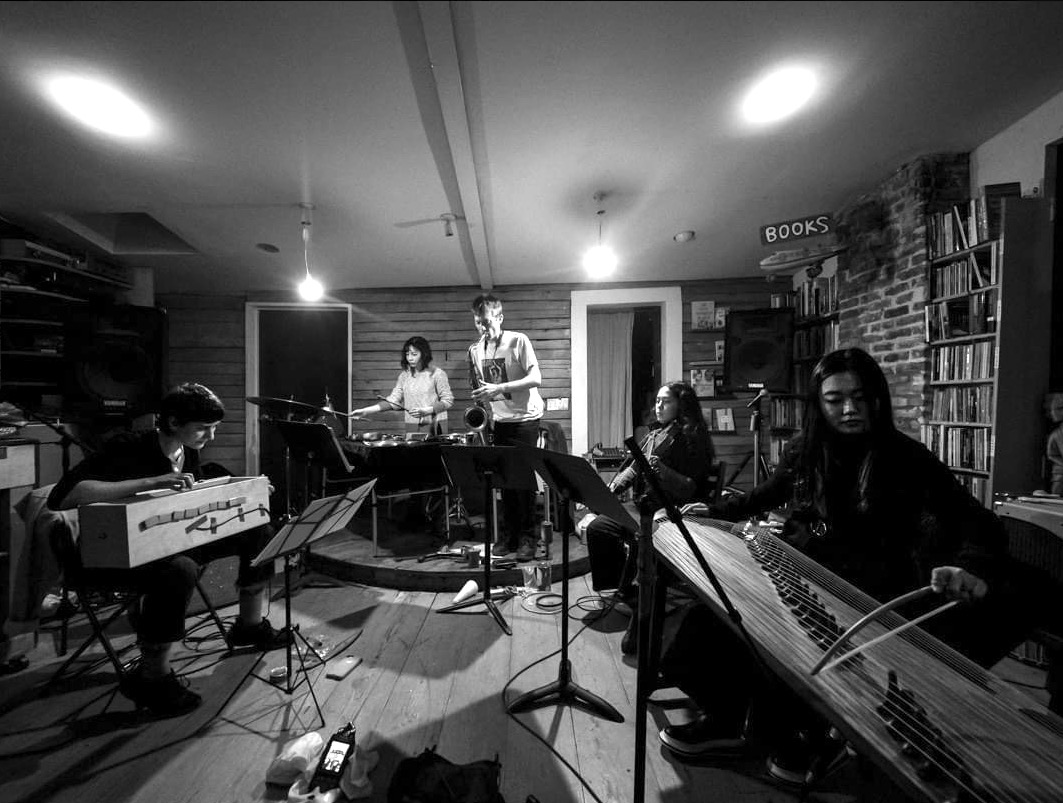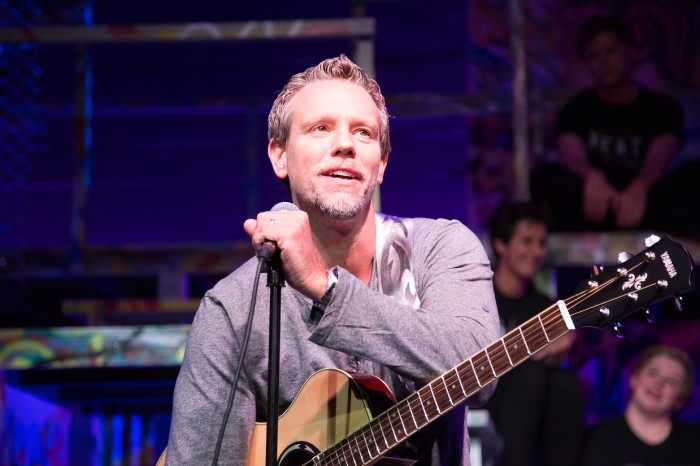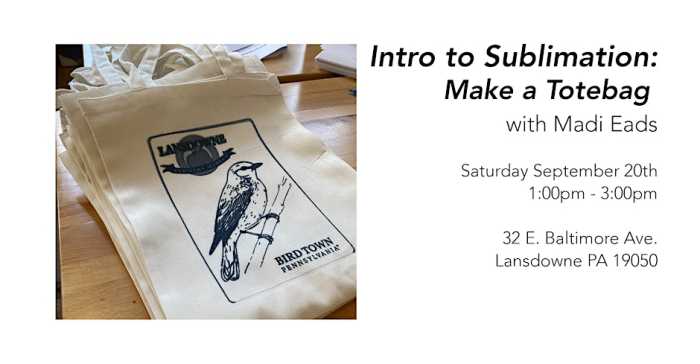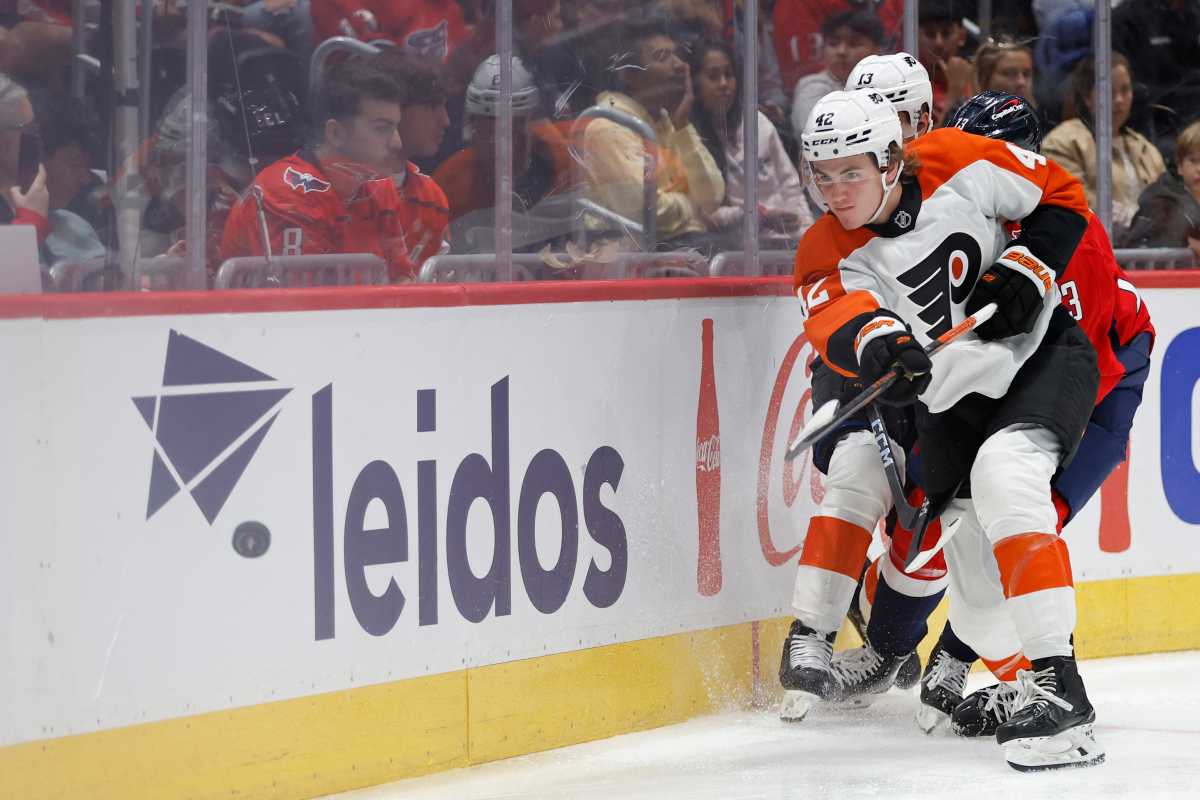Whether in free jazz ensembles such as The Ghost or as solo artist, saxophonist Michael Foster likes to mix things up.
Rather than execute straight-ahead jazz or work toward convention, Foster utilizes multiple, diverse augmentations when playing — such as balloons, found objects, drum heads, vibrators and more to subvert the intention of the music. The sax player and co-founder of Queer Trash — a “platform for LGBTQIA+ artists engaged in experimental performance practices” — also busies himself with what he calls “queering” the instrument’s history and traditional roles so to pursue different meanings beyond jazz’s often, overt masculine tone.

On June 27, at Broad Street’s Solar Myth, Foster will debut Michael Foster with Strings – a “distinctly queer and feminist reading” of the traditions embodied by the giants of jazz such as Bop legend Charlie Parker with his band and a team of string players.
Foster sat down with Metro to discuss more.
What one sound or idea exists throughout all of your recorded projects as your signature?
While my recorded output stretches across myriad approaches, and genres, my focus remains on using improvisation as a means of forging interpersonal connection through the most visceral musical means available. Whether I’m playing with rock bands like Psychic TV, or my free jazz trio The Ghost, the visceral potential of the saxophone – within the ensemble – is at the forefront of my mind, considering how best to penetrate the musical space for the listener and bring something else out of the music.
Can you explain the specifics of “queering” the saxophone?
I’m referring to many facets of the instrument, but in particular its musical function throughout history. Historically, the saxophone has always had a certain cathartic, raw sexuality associated with it, albeit one grounded in heterosexism.
This sexuality can be seen through the infamous beefy saxophonist in “The Lost Boys” to the “walking the bar” tradition or Big Jay McNeely writhing on stage, laying on the floor blasting cathartic musical gestures at the audience, to, my favorite, Lucio Fulci’s “The Devil’s Honey,” which features unforgettable moments of explicit sax-o-phonic sexuality that I best not spoil for the curious reader…
In my re-imagining of this inherent sexuality, I aim to instill these gestures with vulnerability, and re-consider that dominant sexuality as something more nebulous, more queer, more versatile. As much as the sax-o-phonic scream has been used as a symbol of dominant male catharsis, I want to consider that scream as one that can be a cry, a moan, or submission.
Why do you think those traditions stayed in place for as long as they did?
I feel that dominance and power are not questioned as they should, and taken for granted, and as a white cis male I have much reticence to that approach for myself. That said, my love of the big toned saxophonic tradition from Ben Webster and Sonny Rollins to the Texas Tenors is very much intact, albeit with my own spin on that tradition.
My motivation to utilize preparations to the instrument came from working with performers involved in myriad approaches outside of the jazz vernacular, such as noise, performance art, reductionism, etc, whereby traditional saxophonic tones wouldn’t be as musically effective. These extensions to the instrument bring about other timbres, and handicap the instrument’s tendencies. The motivation to reconsider the saxophone as a device for expressing queerness came from my own vested interest in rendering an invisible identity (sexuality) visible within the context of sound, which constantly challenges me to re-think my approaches. Can this instrument so loaded with this specific sexual baggage be reframed to reflect other sexualities?
The idea of you deconstructing something as masculine as the Charlie Parker with Strings moment is fascinating. What textures and sounds will your show at Solar Myth take on?
This project has been on my mind since college, initially as a tongue-in-cheek proposal, but became more earnest as time passed. I love jazz standards, ballads – the repertoire – but always felt removed from the world of “straight ahead jazz” given my proclivity towards noise, free improvisation, contemporary composition etc. This project is my attempt to bring my genuine love of the jazz tradition to something more musically flexible and wildly dynamic, and accessible.
Accessible?
I’m not referring to my perception of an audience’s appreciation but more my ability to access that tradition on my terms and with my language rather than trying to play it straight so to speak. For example, I deliberately re-write standards from their traditional notation to a pseudo-graphic notation that strips the original composition of its directives while maintaining its melodic sensibility. This leaves equal space for fulfilling the melodic responsibilities of the piece while expanding its timbral scope to include different kinds of musical vocabulary.
So, this isn’t what would pass as a “usual” string arrangement either.
I wanted to work with string players who utilize unusual string instruments not commonly found in scenario, such as gayageum, banjo and hardanger fiddle – instruments with a specific folk tradition attached to them, but played by musicians with a broad musical vocabulary and dynamism.
As the ensemble came together, I realized I was the sole cis-male member, which delighted me, introducing other elements to the group’s conception, standing in opposition to the perception that improvised music and jazz is male dominated. These sounds and textures exploit the full dynamic potential of this instrumentation, bringing the soloist-with-strings tradition in dialogue with melodicism, timbral flexibility, reductionism and elements of noise.
Michael Foster will perform at Solar Myth, 1131 S. Broad Street, on Thursday, June 27. For information and tickets, visit solarmythbar.com



























